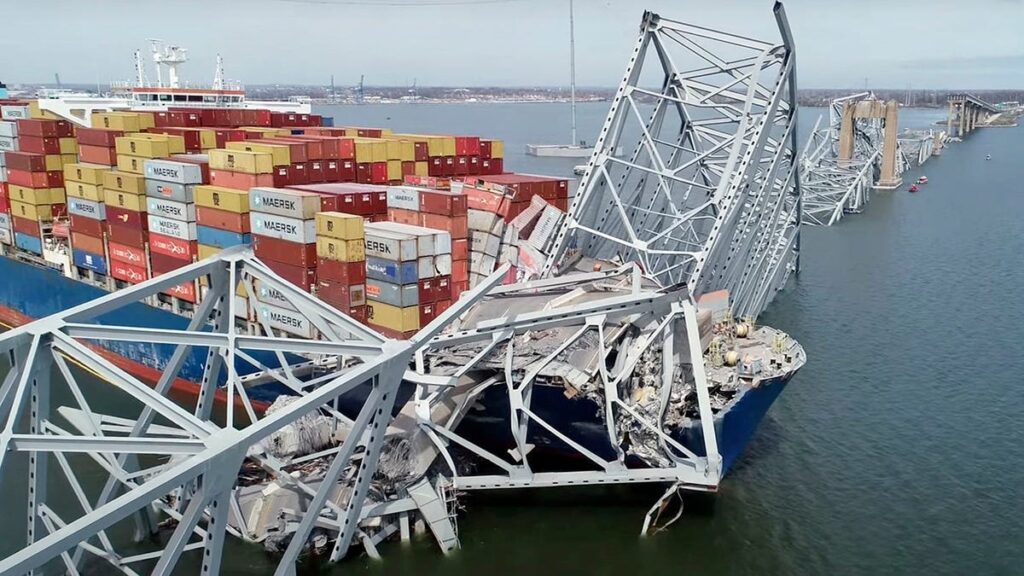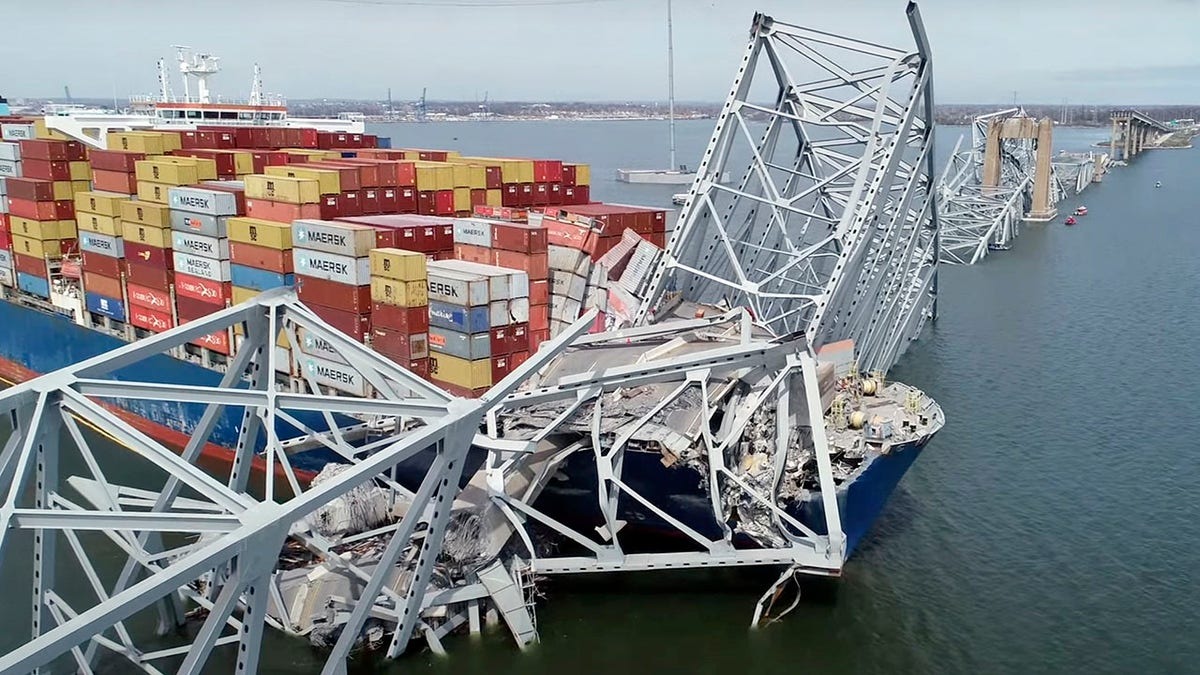Advertisements
Salvage Operation Underway: U.S. Army Corps of Engineers Leads Cleanup Effort

The collapse of Baltimore’s Francis Scott Key Bridge has prompted a swift response from the U.S. Army Corps of Engineers, as they spearhead the crucial task of debris removal. Kris Van Cleave provides insights into the operation, highlighting the challenges and the path forward.
U.S. Army Corps of Engineers working to clear bridge debris
Overview: In the aftermath of the bridge collapse, hazardous conditions have hindered recovery efforts, with broken and twisted debris posing obstacles for divers. The magnitude of the task ahead is evident, not only in terms of locating missing individuals but also in restoring functionality to one of the nation’s busiest ports.
Federal Assistance: The Biden Administration swiftly approved $60 million in emergency funding to support initial debris removal efforts. Governor West Mo emphasizes the long and arduous road ahead for rebuilding the bridge and restoring the port to its former capacity.
Advertisements
Collaborative Efforts: The cleanup operation involves a collaborative endeavor, with the Army Corps of Engineers working alongside crews from the Navy and Coast Guard. Their primary goal is to clear the waterway, enabling divers to recover the remaining bodies believed to be trapped beneath the wreckage.
Economic Impact: The closure of the Port of Baltimore has significant economic ramifications, affecting thousands of workers and disrupting maritime activities. The urgency to reopen the port underscores the critical importance of expediting cleanup efforts.
Investigation Process: While cleanup operations are underway, the National Transportation Safety Board (NTSB) is conducting a thorough investigation into the cause of the bridge collapse. With the potential for a two-year investigation timeline, authorities are focused on gathering evidence and conducting interviews with the ship’s crew.
Technical Challenges: The scale of the cleanup operation presents formidable technical challenges, including the removal of debris both above and below the waterline. The deployment of specialized equipment, such as the Navy’s largest floating crane, underscores the complexity of the task at hand.
Looking Ahead: As recovery efforts continue, attention remains fixed on ensuring the safety of workers and expediting the reopening of the Port of Baltimore. The collaboration between federal agencies and local authorities highlights a unified approach to addressing the aftermath of the bridge collapse.

